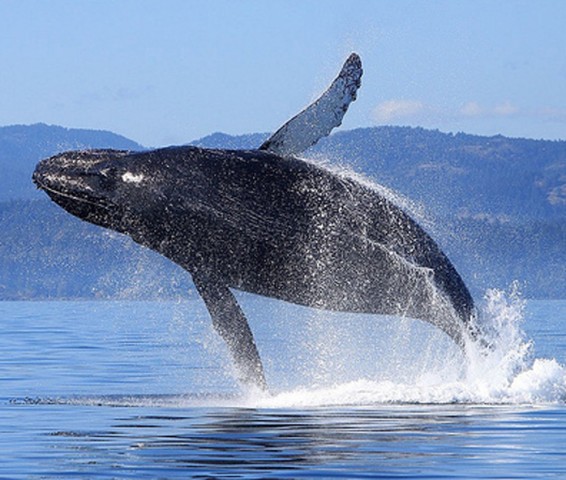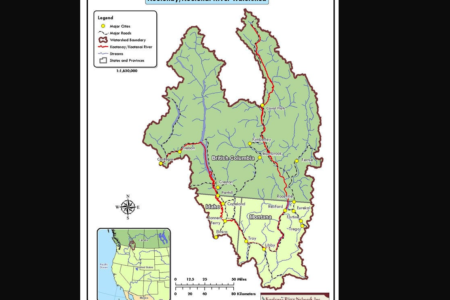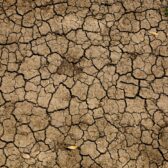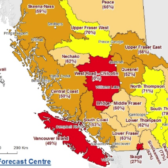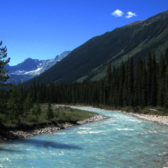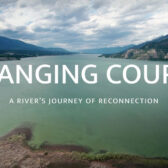Canada's marine ecosystems face threat: report
The Canadian Press
A multi-year study by the federal government has produced a troubling report card on the health of Canada’s marine environments, with major changes detected in all three oceans.
Vanishing sea species, warming water temperatures and a new wave of contaminants have struck Canada’s marine ecosystems, according to the document from the federal Fisheries Department.
The 38-page report was released, without fanfare, this summer.
The information surfaces as Canada joins delegates from more than 190 countries in Japan for the two-week UN biodiversity conference. Countries are expected to negotiate new targets to protect the world’s ecosystems and save species from extinction.
One biodiversity expert calls the report card a reminder of how Canada has failed to live up to the UN’s modest 2002 goal of reducing species loss.
“What we do know, from a biodiversity trend perspective, is that things have been getting worse — much worse,” said Dalhousie University’s Jeff Hutchings, who reviewed a draft of the report card for Environment Canada.
“What we don’t know, to be fair, is what the consequences of those reductions will always be. But we have reasonable evidence in some instances to know that they’re not going to be good.”
Hutchings pointed to one possible fallout: altered ecosystems that could lead to extinctions.
The 2010 Canadian Marine Ecosystem Status and Trends Report, part of a larger project launched in 2006 to gauge Canada’s progress in protecting all of its species, examines nine regions across three oceans.
The report card’s findings were incorporated into Environment Canada’s overall biodiversity status update on terrestrial and marine ecosystems, which was posted on a government website last week.
Climate change, industrial development and ocean acidification have had some of the biggest effects on marine areas, the report revealed.
Overfishing has caused numerous commercial fish stocks to plummet. For example, the report said that one Pacific herring stock is “at record low levels of abundance.”
In the Canadian Arctic Archipelago, warming ocean temperatures have decimated ivory gull populations by more than 80 per cent since the 1980s. The cause of the drop is unknown.
The coastline of the Gulf of St. Lawrence and its estuary have also been deteriorating because of human activities, such as shipping, aquaculture and pollution.
Some improving conditions
Still, the report also highlighted some improving conditions in Canadian waters.
Some historically overharvested populations of marine mammals, such as the bowhead whale, beluga and sea otters, have rebounded.
Contaminants like PCB and DDT are also decreasing. However the presence of other pollutants, such as brominated flame retardants, have been on the rise.
The director of the University of British Columbia’s biodiversity centre said Canada needs to balance key industries like fisheries and conservation to avoid economic disasters like the East Coast cod collapse.
“I recognize that it’s difficult to know how to preserve something when preserving it will cost jobs,” said Sally Otto, “But I think not acting is not the way to go.”
The Department of Fisheries and Oceans did not immediately respond to a request for an interview.
Hutchings, the former chair of a committee responsible for advising the environment minister on species at risk, said the country needs to set quantifiable targets to actually reverse biodiversity loss, not just slow it down.
He said that no commercial fish species have been listed as endangered or threatened despite several recommendations made to Ottawa.
Hutchings also noted that Canada protects 9.45 per cent of its land mass, but just 0.64 per cent of its marine environment.
“And it’s not as though we have a small coastline — we have the longest coastline in the world,” he said. “We’re not protecting very much of it.”



